Firefighters: The Wall Between Worlds
Ian Kassab and his crew look over a forest in the path of the PNW wildfires.
October 18, 2020
To make a bad 2020 worse, strong winds spread fire across Oregon. Only the firefighters stood between the Mountainside community and the blazing infernos.
Multiple factors came together to create the perfect storm for fires like these to thrive. With thousands of homes already damaged, and even more people evacuated, the fires still raged on. Firefighters were the main barrier between the fires happening throughout the rest of Oregon and the students of Mountainside. They worked around the clock to try and put out the blaze, but for most this was a different challenge from anything they had faced before.
Ian Kassab was one of those firefighters. Mr. Kassab is a firefighter paramedic of over 20 years and is proud of his job. Even while knowing he has a family back at home, he still regularly goes out to fight fires all along the west coast.
“I have never witnessed what happened here two weeks ago.” Kassab said in an interview. “We had two major challenges, wind and the lack of resources.”
All fires are bad, but the one Kassab was assigned to was especially hard to handle. The Alameda Fire was burning in two different locations in the county at the same time. Even with multiple teams working together it still wasn’t enough.
“In Southern Oregon we have a lot of people on duty at the same time through 6 different organizations.” Kassab commented. “We could easily handle three to four structure fires at the same time but with this fire we had 3-4 in the first 20 minutes and a fire in the wild land at the same time.”
This was not helped by the fact that winds were reaching over 30 miles per hour at that time. Wind wasn’t anything new to Kassab and the other firefighters. But according to him, it normally comes up in the afternoon and then dies off in the evening. This time was different though. The wind would be blowing at 20 to 30 mph, along with quick gusts of 40-50 mph, for two days straight.
“We couldn’t get ahead of the wind.” Kassab said. “We would try to put out fires only to have the wind start another one a mile or two down the road.”
It could have been much worse if Kassab and the other teams hadn’t been there however. Many more could have been injured or even killed had they not arrived to help them.
“We did our best to save what we could but getting people out was more important.”



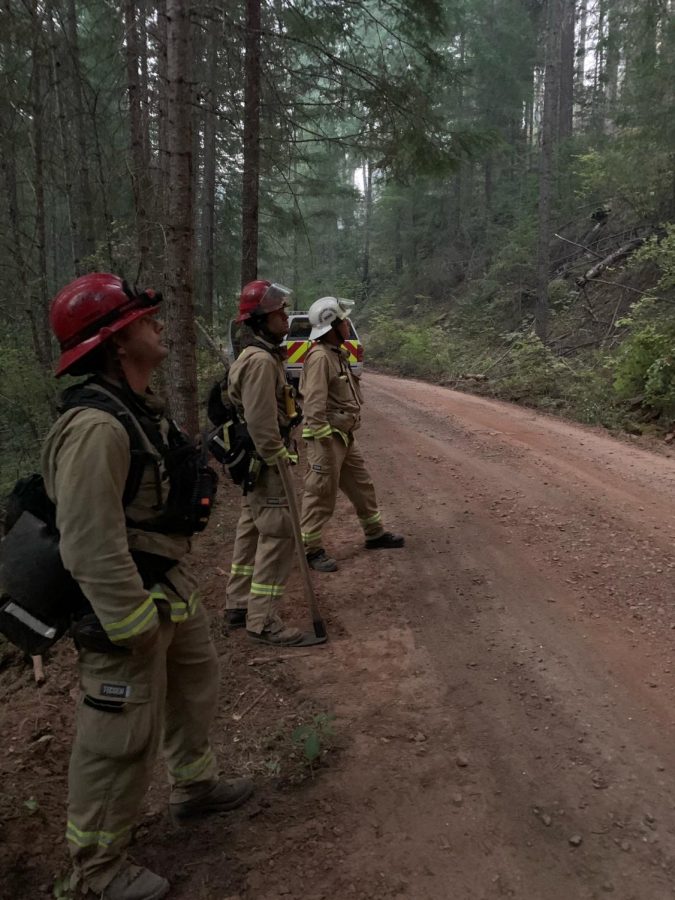

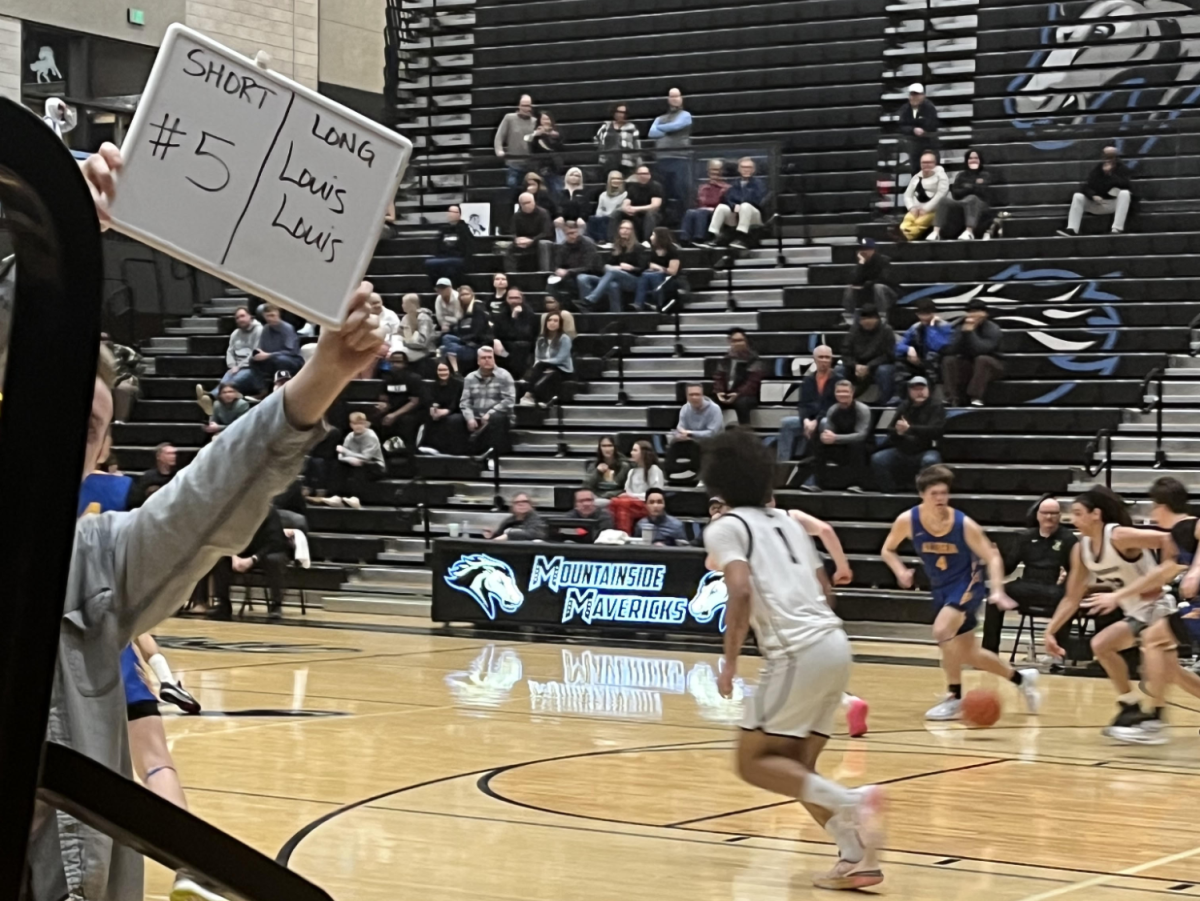

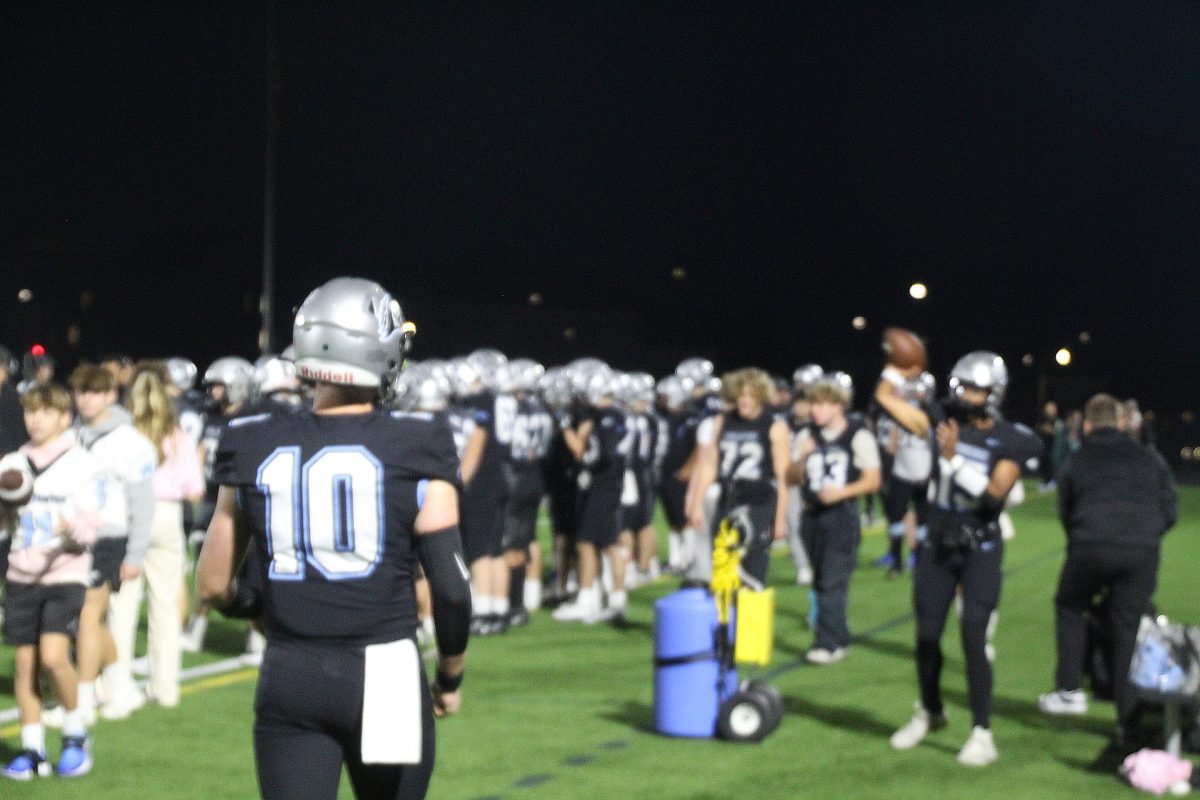

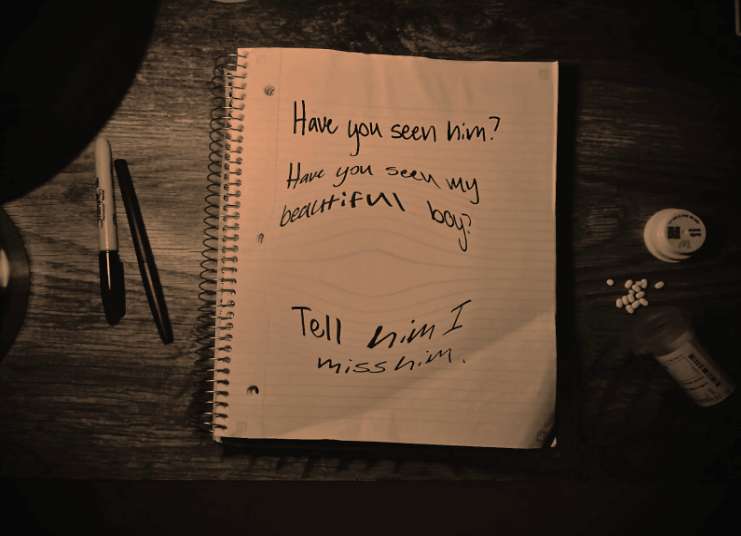
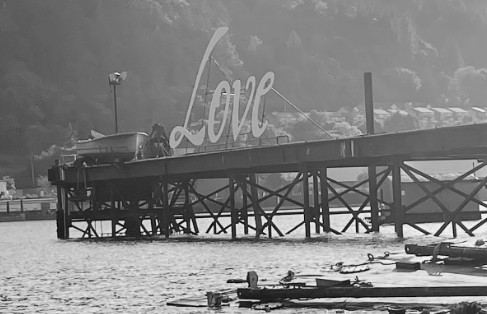




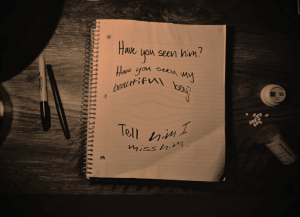





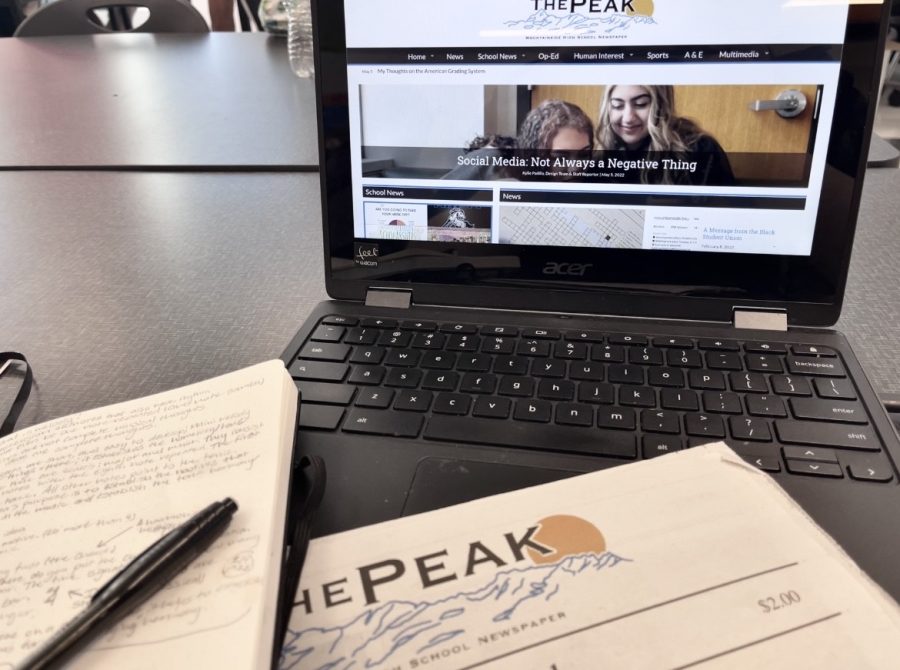
Candi Cole • Oct 29, 2020 at 8:52 pm
You made the story real for me Cash. I look forward to reading more stories.